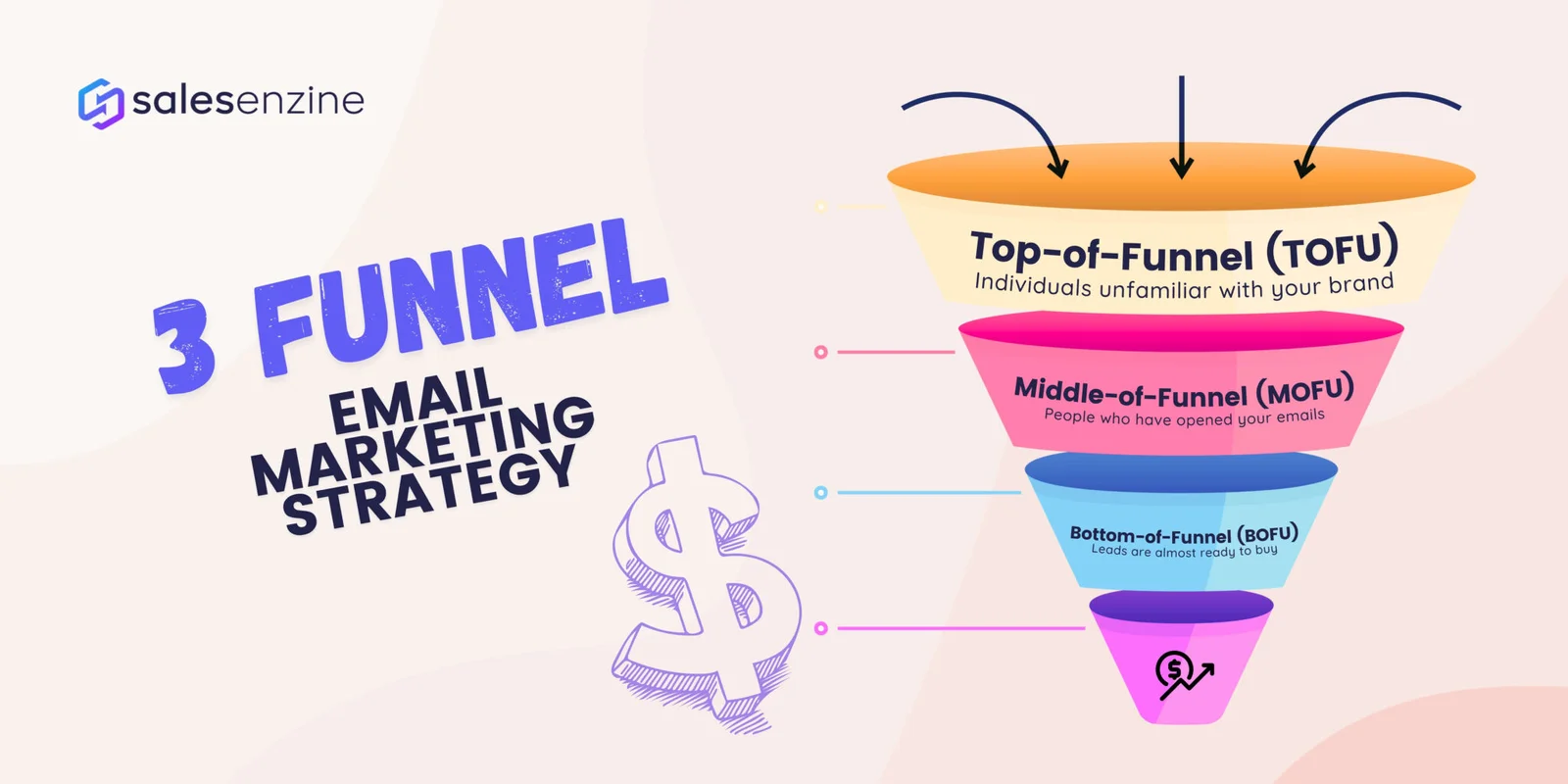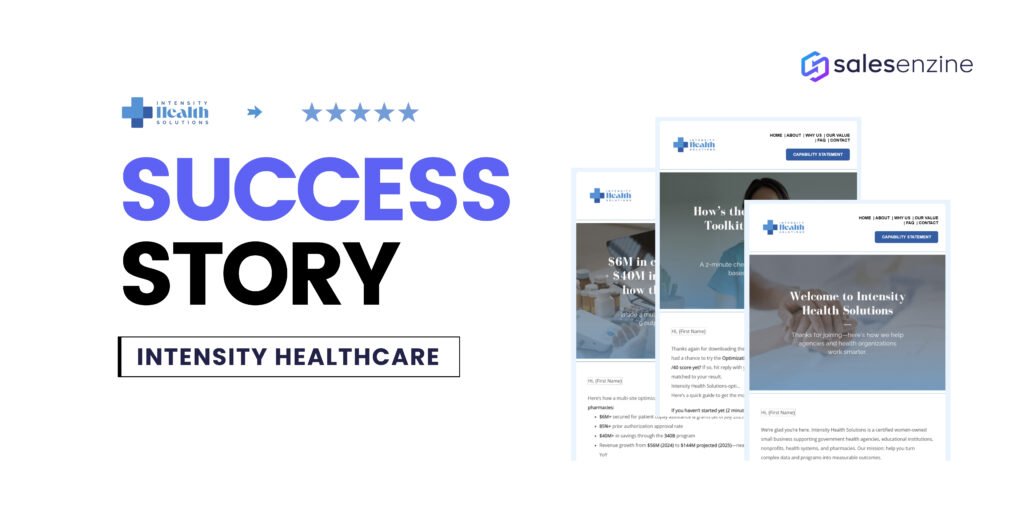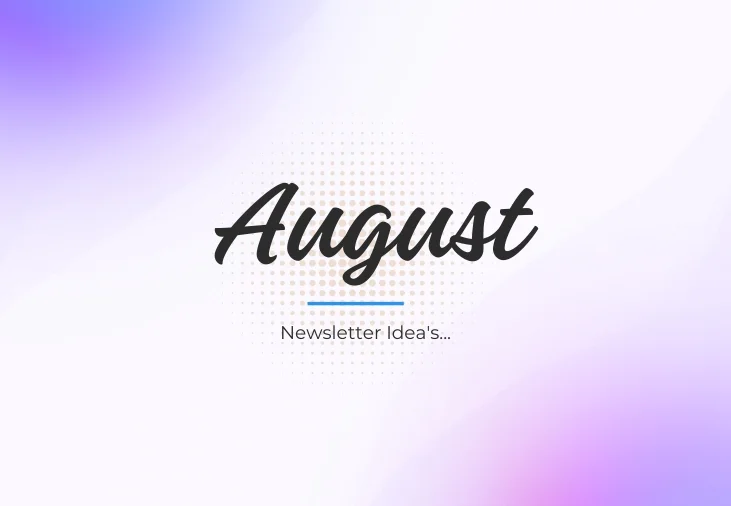Introduction
In today’s competitive marketplace, small businesses must adopt a strategic approach to attract, engage, and convert customers. That’s where the three-funnel marketing strategy comes in. The framework breaks down a customer’s journey into three stages—Top-of-Funnel (TOFU), Middle-of-Funnel (MOFU), and Bottom-of-Funnel (BOFU)—allowing you to create targeted content and campaigns for each level of engagement. In this blog, we’ll explore what each funnel stage entails, why it’s important, and how you can set up automated sequences to move prospects from casual interest to committed customers.
1. Top-of-Funnel (TOFU)
What Is TOFU?
TOFU is where you attract a broad audience of potential customers who are just becoming aware of your brand or the solutions you offer. People in this stage might not be ready to buy yet, but they’re looking for information, ideas, or solutions to their problems.
Target Audience
- Individuals unfamiliar with your brand but searching for a solution in your industry (e.g., “best ways to reduce electricity costs,” “how to choose the right marketing software,” etc.).
- People in the research and discovery phase who may stumble upon your content via search engines, social media, or ads.
Primary Goals
- Awareness: Introduce your brand or product to new people.
- Education: Provide valuable content, tips, or resources that resonate with common pain points.
- Establish Credibility: Present yourself as a trustworthy source of information.
Recommended Automated Sequence
A well-planned TOFU campaign educates prospects while nudging them to opt into your email list or follow you on social media. Here’s how a simple automated sequence might look over a 7-day period:
- Email 1 (Day 1)
- Subject: “Discover the Key to [Solving Common Pain Point]”
- Body: Offer a free resource (e.g., an eBook, checklist, or infographic). Give a brief introduction to your brand’s expertise.
- Call-to-Action (CTA): Download or access the resource.
- SMS 1 (Day 2, if phone number is available)
- A quick check-in referencing the resource you shared: “Hi [Name], did you get the chance to look at our [Resource]? Let me know if you have any questions!”
- Email 2 (Day 3)
- Subject: “How to [Achieve a Desired Outcome]—Real-Life Examples”
- Body: Provide a short case study or anecdote that illustrates how someone benefited from solving the problem your product/service addresses.
- CTA: Invite them to learn more or schedule a free consultation (if relevant).
- Email 3 (Day 5)
- Subject: “Top 5 FAQs About [Your Industry or Product Category]”
- Body: Answer common questions to break down misconceptions and build trust.
- CTA: Link to a blog post or a short video that delves deeper into your offerings.
- Email 4 (Day 7)
- Subject: “Ready to Take the Next Step?”
- Body: Summarize the value you’ve provided so far. Encourage them to remain engaged—perhaps by joining a webinar, following you on social media, or scheduling a discovery call.
- CTA: Clear invitation to engage further.
Tip: At TOFU, keep it educational rather than sales-heavy. Build credibility by focusing on the prospect’s needs.
2. Middle-of-Funnel (MOFU)
What Is MOFU?
MOFU is where your leads have shown interest but are still evaluating options. They might have engaged with your initial content, responded to an email, or downloaded a resource. At this point, they understand they need a solution, but they’re comparing different providers, features, and price points.
Target Audience
- People who have opened your emails or engaged with your social media ads.
- Visitors who have spent time on your website, possibly viewed product/service pages.
- Prospects who downloaded a lead magnet but haven’t yet taken a deeper step (like scheduling a call or requesting a quote).
Primary Goals
- Build Trust & Authority: Offer in-depth content (e.g., case studies, webinars) to showcase expertise.
- Handle Objections: Address concerns about pricing, implementation, warranties, or results.
- Encourage Action: Guide leads closer to a direct conversation or trial.
Recommended Automated Sequence
In MOFU, you can craft a 10–14 day sequence that combines deeper educational content with subtle sales pitches.
- Email 1 (Day 1)
- Subject: “See How [Your Product/Service] Transforms [Customer’s Situation]”
- Body: Highlight a mini case study or testimonial. Emphasize the before-and-after scenario.
- CTA: “Ready to find out if this works for you? Schedule a 15-minute consultation.”
- SMS 1 (Day 2)
- Quick mention of financing or free trial (if applicable): “Hey [Name], curious about your options? We offer a [special plan/free trial]. Reply or visit [link].”
- Email 2 (Day 4)
- Subject: “Financing, Pricing & Everything You Need to Know”
- Body: Break down your pricing model or show various service tiers. Offer clarity, not pressure.
- CTA: Invite them to check out a pricing page or book a call to discuss custom solutions.
- Email 3 (Day 7)
- Subject: “Your Biggest [Industry/Service] Concerns—Addressed!”
- Body: List common objections and handle them one by one (e.g., cost, results, complexity).
- CTA: Point them to a detailed FAQ or an “Ask Me Anything” live chat/webinar.
- SMS 2 (Day 8)
- Prompt them to reply with any questions: “Hi [Name], any questions so far? Let’s chat about how [Product/Service] fits your goals. Reply or call us at [Number].”
- Email 4 (Day 10)
- Subject: “In-Depth Look: How We Guarantee Your Success”
- Body: Mention warranties, guarantees, customer support policies, or return/refund policies.
- CTA: “Click here to learn more” or “Schedule a Q&A Call.”
- Email 5 (Day 14)
- Subject: “Secure Your [Benefit] Before [Season/Deadline]”
- Body: Use moderate urgency—mention any upcoming price increase, busy season, or limited spots.
- CTA: Encourage final step to schedule or purchase.
3. Bottom-of-Funnel (BOFU)
What Is BOFU?
BOFU is where leads are almost ready to buy. They’ve engaged with your content, asked questions, and may have even received a quote or a free trial. At this stage, your goal is to address any final hesitations and make it easy for them to say “Yes.”
Target Audience
- Leads who have requested a quote or product demo.
- Visitors who have added items to their cart (for e-commerce) but haven’t checked out.
- Prospects who are clearly comparing you to direct competitors.
Primary Goals
- Prompt a Final Decision: Offer any last bits of information or incentives they need to commit.
- Minimize Risk: Emphasize money-back guarantees, warranties, or proven results.
- Strengthen Relationship: Show you genuinely care about their outcome, not just the sale.
Recommended Automated Sequence
Typically a shorter sequence (7–10 days) that’s more personalized and focused.
- Email 1 (Day 1)
- Subject: “Your Personalized [Product/Service] Plan Is Ready”
- Body: Recap their primary needs, outline the proposed solution, estimate outcomes (e.g., timeline, ROI).
- CTA: “Schedule a final walkthrough call” or “Click here to complete your purchase.”
- SMS 1 (Day 1—Few Hours After Email)
- “Hey [Name], we’ve put together your custom plan. Let us know if you’d like to go over the details! Reply or call [Number].”
- Email 2 (Day 3)
- Subject: “We Don’t Want You to Miss Out—[Incentive/Offer] Ends Soon”
- Body: Introduce a time-sensitive discount, bonus, or implementation slot.
- CTA: “Reserve your spot now.”
- SMS 2 (Day 4)
- “Still have questions, [Name]? We’re here to help. Let’s talk and finalize your plan. Reply or call [Number].”
- Email 3 (Day 6)
- Subject: “Last Steps to [Benefit]—What’s Holding You Back?”
- Body: Address any lingering concerns. Possibly invite a direct phone call with a higher-level team member or share a final testimonial for confidence.
- CTA: “Click here to chat live” or “Book a 1:1 conversation.”
- Email 4 (Day 9)
- Subject: “A Personal Invitation to Start Achieving Your Goals”
- Body: Be genuine and personal. Reinforce your commitment to helping them succeed.
- CTA: Final nudge to sign up, schedule, or buy now.
Key Takeaways & Tips
- Segmentation Is Critical: Not all leads are created equal. Grouping them by funnel stage ensures your messaging is tailored and relevant.
- Value-First Approach: Even at the BOFU stage, always offer value—whether it’s a special incentive, a deeper insight, or an extra layer of support.
- Multi-Channel Engagement: Email is essential, but SMS can help you reach customers faster and with a higher open rate. Social media retargeting can also reinforce your messaging.
- Consistency & Timing: Automate your sequences to go out at optimal intervals—fast enough to maintain interest, but not so frequent that you overwhelm leads.
- Measure & Optimize: Track open rates, click-through rates, and conversions at each funnel stage. Adjust your subject lines, content, or frequency as needed.
Conclusion
Implementing a TOFU-MOFU-BOFU marketing strategy is one of the most effective ways for small businesses to streamline their customer journey. By providing relevant, high-value content at each stage, you create a smoother path from first-time awareness to loyal advocacy.
Remember that the best-performing funnels aren’t static—they evolve based on your data and feedback. Be prepared to test, refine, and personalize. With a properly set up funnel strategy, you’ll not only attract more leads, but you’ll also convert them into long-term customers who trust your brand and become advocates for it.
Ready to elevate your marketing game? Start mapping out your funnel strategy today, and watch your small business grow steadily in reach, revenue, and reputation.




